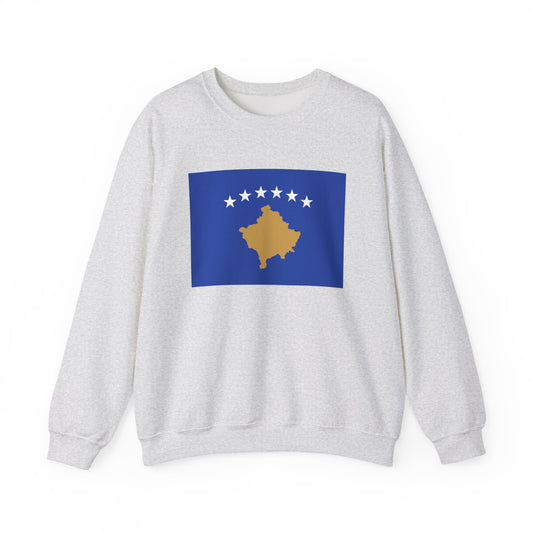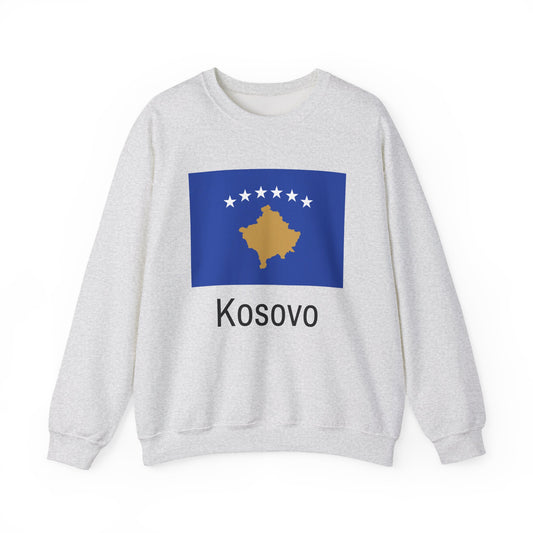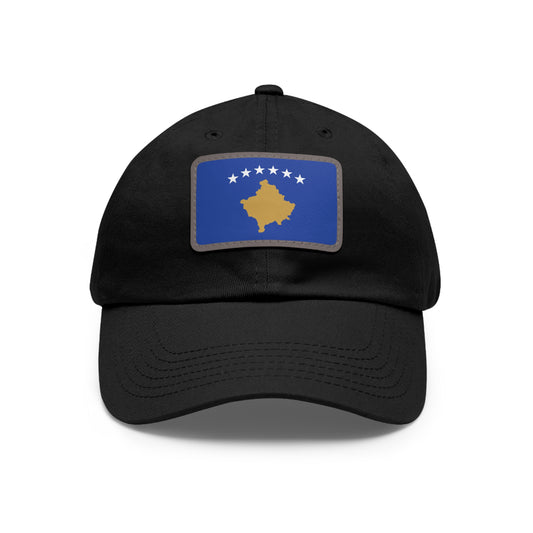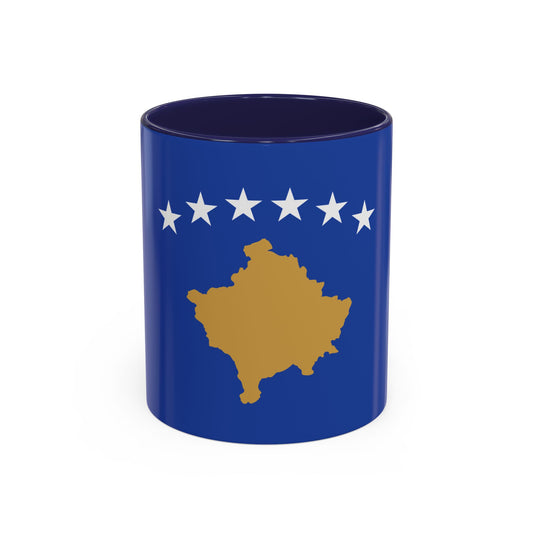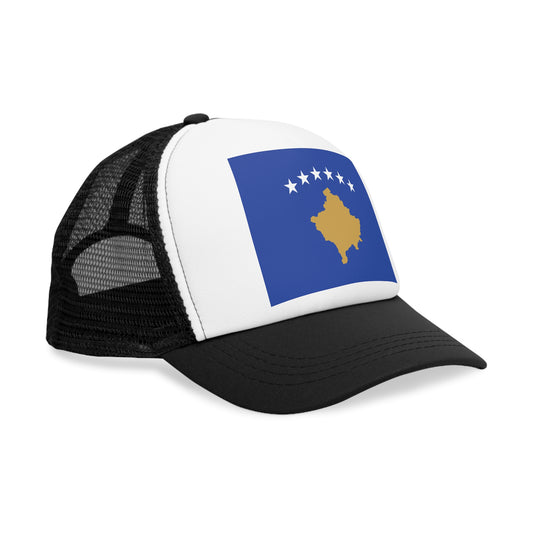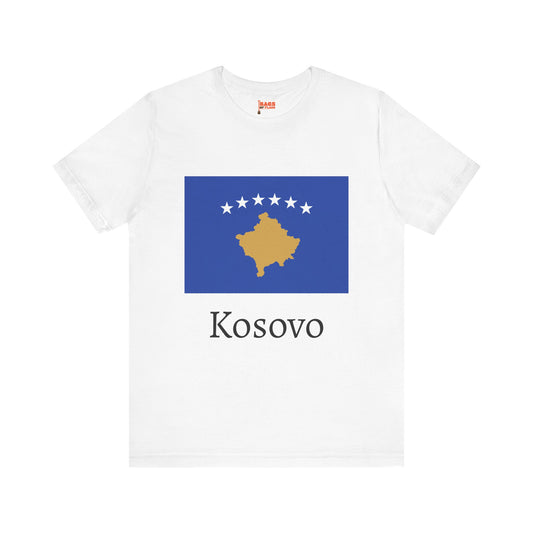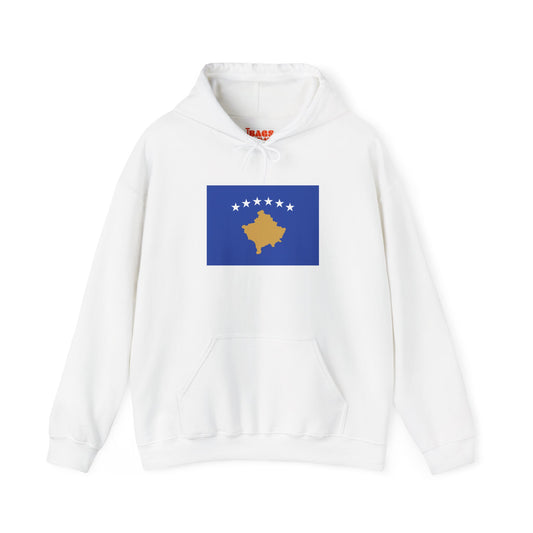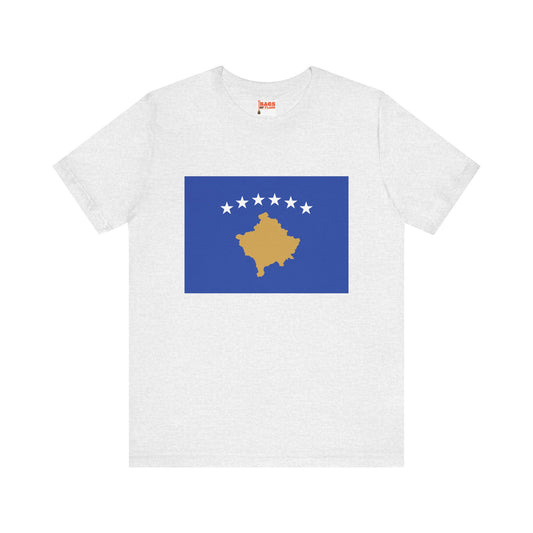-
Kosovo Flag Sweatshirt
Regular price $34.15 USDRegular priceUnit price / per -
Kosovo Sweatshirt
Regular price $34.15 USDRegular priceUnit price / per -
Kosovo Inspired Sweatshirt
Regular price $34.15 USDRegular priceUnit price / per -
Kosovo Pillow
Regular price $22.65 USDRegular priceUnit price / per -
Kosovo Backpack
Regular price $59.79 USDRegular priceUnit price / per -
Kosovo Leather Patch Hat
Regular price $18.85 USDRegular priceUnit price / per -
Kosovo Mug
Regular price $11.65 USDRegular priceUnit price / per -
Kosovo Trucker Cap
Regular price $14.90 USDRegular priceUnit price / per -
Kosovo Hoodies
Regular price $34.40 USDRegular priceUnit price / per -
Kosovo Hoodies
Regular price $34.40 USDRegular priceUnit price / per -
Kosovo T-shirts
Regular price $22.79 USDRegular priceUnit price / per -
Kosovo Flag Hoodies
Regular price $34.40 USDRegular priceUnit price / per -
Kosovo Inspired T-shirt
Regular price $22.79 USDRegular priceUnit price / per -
Kosovo Flag on T-shirt
Regular price $22.79 USDRegular priceUnit price / per
Collection: Kosovo
The Kosovo flag is more than just a piece of cloth with colors and designs; it represents the identity, history, and values of the Kosovo people. We will delve into the design, historical context, symbolism, current relevance, and additional facts about the Kosovo flag.
Overview of the Kosovo Flag's Design and Colors

The national flag of Kosovo is characterized by its distinct and meaningful design, comprising a deep blue field that serves as the backdrop for its central features. At the heart of the flag lies a detailed gold outline of Kosovo's map, positioned squarely in the center. Arching above this golden silhouette, six white stars form a gentle arc, each star symbolizing the harmonious coexistence of Kosovo's main ethnic groups. This choice of colors - blue, gold, and white - is not merely aesthetic but also significant.
The deep blue echoes the vastness of the sky and signifies freedom, a core value for Kosovo's people. Gold is employed to highlight the richness of the nation's cultural heritage and the land's natural wealth. White, used in the stars, stands for peace and harmony, reflecting the country’s aspirations for a tranquil and united future. Together, these elements and colors craft a flag that is both visually striking and deeply symbolic of Kosovo's identity and aspirations.
Historical Context of the Kosovo Flag
Adopting the Kosovo flag on February 17, 2008, was a monumental step for the region, coinciding with its declaration of independence from Serbia. Adopting a national flag marked a definitive turn in Kosovo's long and tumultuous history, symbolizing its aspirations for a future grounded in sovereignty and mutual respect among its diverse ethnic groups. The decision to select the flag's design resulted from a carefully organized competition facilitated by the United Nations Mission in Kosovo, emphasizing the importance of a symbol that could encapsulate the nation's identity and the collective hopes of its people. Before this official adoption, Kosovo did not have a flag that represented it as an entity separate from Serbia or the former Yugoslavia. The choice of design, featuring the map of Kosovo and stars representing its major ethnic groups, was a clear statement of the country's commitment to peace, unity, and independence. This flag, therefore, stands not just as a national emblem but as a beacon of Kosovo's enduring struggle for recognition and self-determination in the face of historical challenges.
Symbolism Embedded in the Flag

The symbolism of the Kosovo flag is deeply embedded in its design, using colors and symbols to convey the essence of the nation's identity and aspirations. The primary color, deep blue, reflects both the sky and the concept of freedom, embodying the nation's struggle for sovereignty and the limitless possibilities that lie ahead. The gold used to outline the map of Kosovo and in the stars highlights the richness of the nation's culture and history, suggesting a bright future characterized by prosperity and success.
The white stars are not merely decorative but carry profound meaning, representing the harmonious coexistence of Kosovo's six main ethnic groups. This feature underscores the country's commitment to unity and peace, signifying a collective effort towards a harmonious society. The map of Kosovo, prominently positioned at the center of the flag, is more than a geographical representation; it symbolizes self-determination and the realization of the nation’s autonomy. Each element of the flag's design is carefully chosen to reflect the values and hopes of Kosovo's people, making it a powerful emblem of national pride and collective ambition. Through its symbolism, the flag narrates the story of Kosovo's past struggles, present challenges, and future aspirations, constantly reminding the nation's identity and unity.
Current Relevance of the Kosovo Flag
Today, the Kosovo flag is a ubiquitous emblem of national identity, prominently featured at an array of official functions, from solemn military commemorations to vibrant public celebrations. It adorns public buildings, educational institutions, and international sports competitions, symbolizing the unity and aspirations of the Kosovar people. Despite its widespread acceptance within Kosovo, the flag continues to navigate the complex waters of international politics, reflecting ongoing efforts for broader global recognition.
Its presence in diplomatic venues and international forums often sparks conversations about sovereignty, national identity, and the intricacies of international law. The flag's usage transcends mere representation, playing a pivotal role in campaigns aimed at bolstering Kosovo's presence on the global stage. Through these various platforms, the Kosovo flag not only embodies the pride and resilience of its people but also serves as a focal point for dialogue, embodying the nation's persistent pursuit of full international acceptance and the normalization of its status worldwide.
Additional Facts and Flag Protocols
Regarding the Kosovo flag, meticulous protocols are in place to ensure its respect and proper display, reflecting the nation's reverence for its symbols of sovereignty. It is paramount that the flag is never allowed to desecrate by touching the ground, symbolizing the nation’s dignity and the sacrifices made for its independence. The hoisting and lowering of the flag should always be conducted with solemn respect, highlighting the ceremonial importance of these acts.
In addition to these guidelines, there is a specified manner in which the Kosovo flag should be displayed: the gold map of Kosovo must always be oriented correctly, ensuring it is upward and rightly positioned as a sign of respect for the nation's territorial integrity. This aspect of flag protocol underscores the flag's significance as a representation of the country's sovereignty and geographical identity.
An intriguing tidote about the flag is its origins in a design competition aimed at uniting the people of Kosovo under a common symbol. The winning design was the work of Muhamer Ibrahimi, a young and talented local graphic designer. His contribution to the flag’s design has given Kosovo a powerful emblem that encapsulates its aspirations, struggles, and pride. This anecdote adds a layer of personal achievement and national unity to the flag’s story, reinforcing its role as a beacon of Kosovo's identity and future ambitions.


